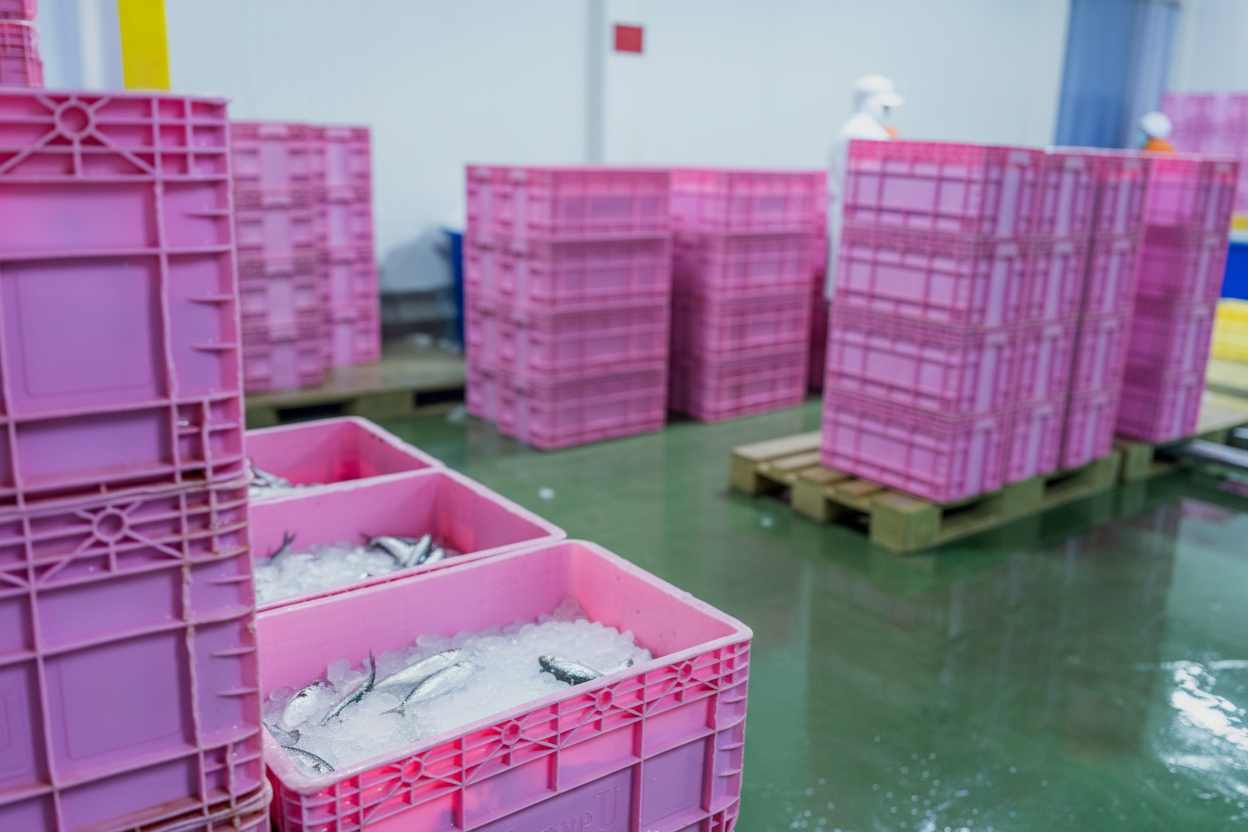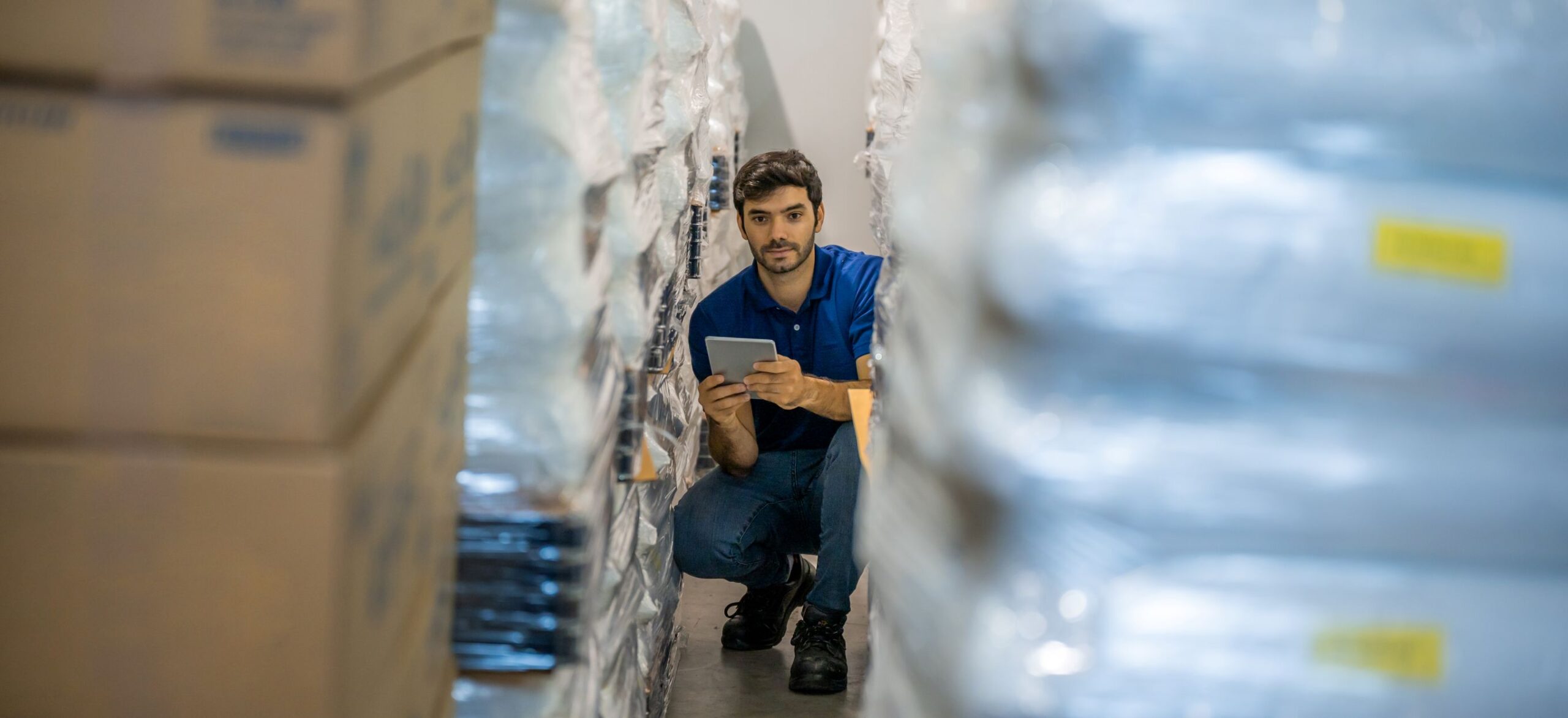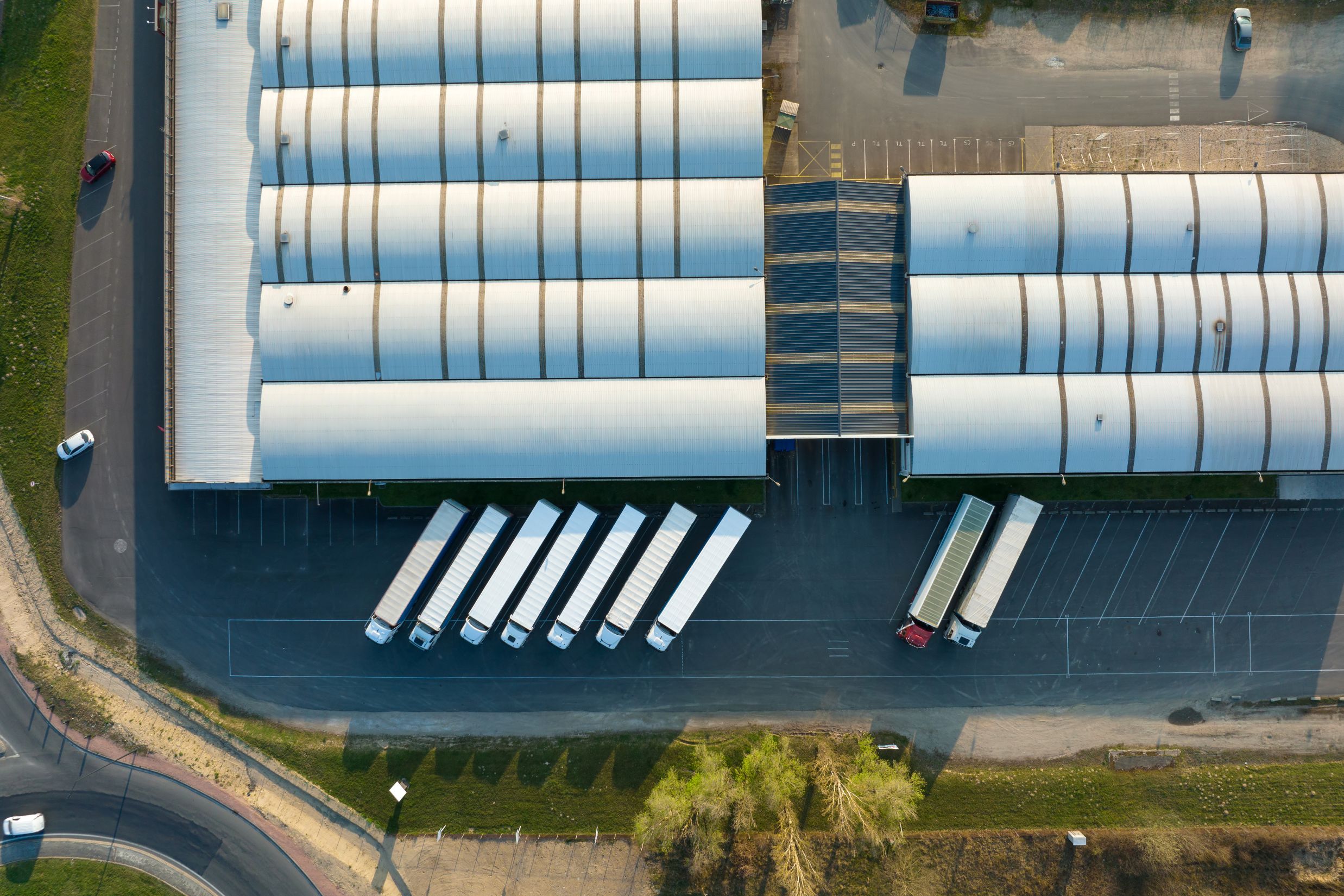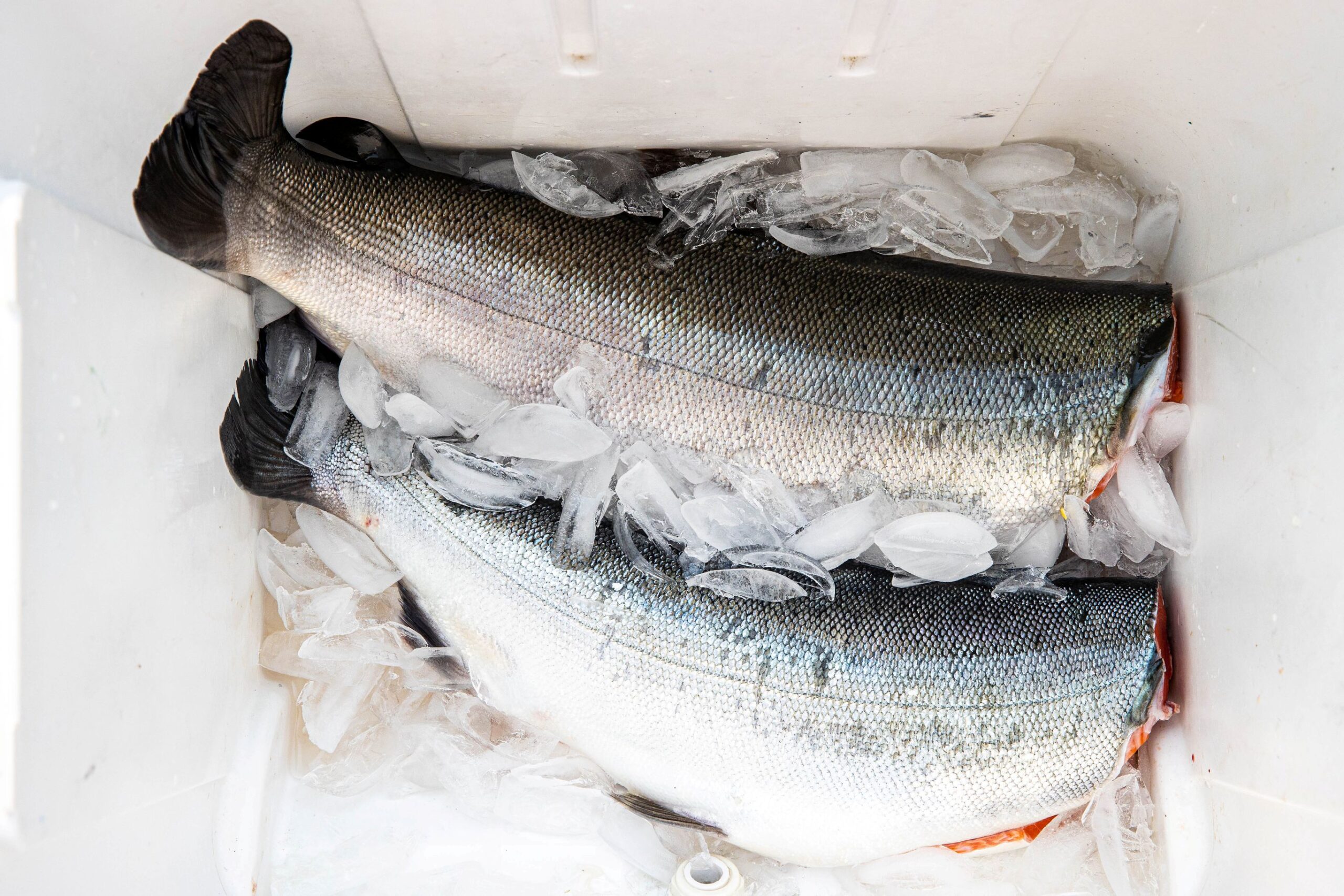The global supply chain is constantly evolving, and nowhere are these changes more critical than in temperature-controlled transport. For industries ranging from pharmaceuticals to fresh produce, maintaining the integrity of the cold chain is non-negotiable. As we look toward the near future, a wave of innovation will redefine how businesses store, handle, and deliver perishable goods. These Cold Chain Logistics Trends 2025 are pushing the industry to become smarter, faster, and greener than ever before.
At LCX Fresh, we are at the forefront of implementing these advancements. We understand that a broken link in the cold chain means more than just a financial loss; it can impact public health and consumer trust. This post will explore the transformative developments shaping our industry and explain how we leverage them to provide unparalleled service for your temperature-sensitive cargo. We will cover the technological leaps, sustainability efforts, and efficiency gains that are setting new standards for excellence.
Smarter Logistics: The Rise of IoT and AI
The foundation of modern cold chain management is data. Real-time visibility and predictive analytics are no longer luxuries but essential components for ensuring product safety and quality. The integration of the Internet of Things (IoT) and Artificial Intelligence (AI) is leading this charge, creating a more intelligent and responsive supply chain.
Real-Time Monitoring and Data Loggers
Gone are the days of passive temperature tracking. Instead, with the rise of IoT-enabled sensors, businesses can now access a constant stream of data from inside a shipping container or truck. These devices not only monitor temperature but also track humidity, light exposure, and even shock events. Furthermore, this information is instantly transmitted to a central dashboard. As a result, logistics managers can easily see the exact condition of their shipment at any moment, ensuring better oversight and efficiency.
This level of transparency is a core part of our service at LCX Fresh. Our advanced monitoring systems ensure we can act immediately if any deviation from the optimal conditions occurs. If a reefer unit’s temperature begins to drift, our system triggers an automated alert. This enables our team to diagnose and resolve the issue before it compromises product integrity. This proactive approach is a key component of the evolving Cold Chain Logistics Trends 2025, moving from reactive problem-solving to preventative management.
AI-Powered Predictive Analytics
Beyond real-time tracking, Artificial Intelligence is adding a layer of predictive power to logistics. By analyzing historical data, weather patterns, traffic conditions, and vehicle performance, AI algorithms can forecast potential disruptions. This allows for smarter route planning and risk mitigation. For example, an AI system might suggest an alternate route to avoid an anticipated traffic jam or recommend preemptive maintenance on a refrigeration unit based on its performance data.
This predictive capability helps us optimize delivery schedules, reduce transit times, and minimize the risk of spoilage. As AI technology becomes more sophisticated, it will continue to enhance the reliability and efficiency of temperature-controlled shipping, a cornerstone of the Cold Chain Logistics Trends 2025. This proactive management ensures that your products arrive on time and in perfect condition.
Faster and More Efficient: Streamlining the Supply Chain
Speed and efficiency are critical in cold chain logistics. Every hour saved in transit extends shelf life and reduces the window for potential temperature excursions. Innovations in automation and last-mile delivery are key drivers in accelerating the movement of perishable goods.
Automation in Cold Storage Warehouses
Cold storage facilities are becoming highly automated environments. Automated Storage and Retrieval Systems (AS/RS) use robots and cranes to store and retrieve pallets with precision and speed. This technology not only reduces labor costs but also minimizes the time products spend in ambient temperatures during loading and unloading. Reducing human entry into refrigerated zones also lowers energy consumption, as doors can remain closed for longer periods.
At LCX Fresh, our state-of-the-art warehousing solutions incorporate automation to swiftly and safely handle your products. This efficiency at the storage hub is crucial for maintaining the cold chain’s integrity before and after transport. The seamless integration of automated systems is a significant part of the Cold Chain Logistics Trends 2025, ensuring a faster handoff from storage to transport.
Innovations in Last-Mile Delivery
The final leg of the journey—the last-mile—is often the most complex part of the cold chain. Delivering groceries, meal kits, and pharmaceuticals directly to consumers requires smaller, more flexible, and highly reliable refrigerated solutions. Companies are increasingly developing and testing specialized delivery vehicles, insulated packaging, and drone technology for this purpose.
Advanced thermal packaging, which can maintain a specific temperature for up to 48 hours without external power, is becoming increasingly important. These solutions are vital for direct-to-consumer shipments where traditional refrigerated trucks may not be practical. Navigating the challenges of the last mile is a major focus of Cold Chain Logistics Trends 2025, and we are committed to providing flexible solutions that meet the growing demand for home delivery of temperature-sensitive goods.
Greener Operations: A Focus on Sustainability
The logistics industry has a significant environmental footprint, and the cold chain, with its energy-intensive refrigeration needs, is no exception. In response, a powerful movement toward sustainability is reshaping operations. These green initiatives not only benefit the planet but also often lead to greater efficiency and cost savings.
Sustainable Refrigerants and Energy Efficiency
Traditional refrigeration systems often use hydrofluorocarbons (HFCs), which are potent greenhouse gases. The industry is transitioning to natural refrigerants like ammonia (NH3) and carbon dioxide (CO2), which have a much lower global warming potential. Alongside this shift, new reefer technologies are being developed that are significantly more energy-efficient. Electric and hybrid refrigeration units for trucks and containers are gaining traction, reducing reliance on diesel fuel and cutting emissions.
LCX Fresh is dedicated to adopting these greener technologies across our fleet and facilities. We believe that environmental responsibility is integral to modern logistics. This commitment to reducing our carbon footprint aligns with the broader Cold Chain Logistics Trends 2025, which prioritize sustainable practices as a core business principle.
The Circular Economy and Reusable Packaging
Single-use packaging, such as Styrofoam coolers, creates a massive amount of waste. A key sustainability trend is the shift toward a circular economy model, which emphasizes reusable assets. Companies are now investing in high-performance, reusable thermal containers and shippers. These containers can be used hundreds of times, then returned, cleaned, and redeployed.
This model is not only better for the environment but also provides superior product protection. We encourage and facilitate the use of such systems, helping our clients reduce waste and improve the overall quality of their cold chain. This move toward reusable solutions is one of the most impactful Cold Chain Logistics Trends 2025.
The Future is Collaborative and Transparent
As supply chains become increasingly complex and globalized, it’s clear that no single company can manage every aspect alone. Therefore, the future of cold chain logistics ultimately lies in greater collaboration and end-to-end transparency, which will be powerfully enabled by technology like blockchain.
Blockchain for Unmatched Traceability
Blockchain technology offers a secure, decentralized, and immutable ledger for recording every transaction and handoff in the supply chain. From the farm to the fork, or the lab to the pharmacy, every step can be documented on the blockchain. This creates an unbroken chain of custody that is accessible to all stakeholders, including regulators and consumers.
For high-value goods like pharmaceuticals, this level of traceability is invaluable. It can prevent counterfeiting, ensure regulatory compliance, and provide customers with absolute confidence in the product’s journey. While still in the early stages of widespread adoption, blockchain represents a paradigm shift for trust and transparency in logistics and is a vital part of the Cold Chain Logistics Trends 2025.
Integrated Logistics Partnerships
Effective cold chain management, therefore, requires seamless coordination between producers, logistics providers, and retailers. Consequently, integrated partnerships, where all parties share data and work collaboratively, are becoming the new standard. As a 3PL provider, LCX Fresh, in fact, acts as a central hub, orchestrating these complex movements and ensuring clear communication across the entire supply chain.
Our role is to be more than just a transportation company; we are a strategic partner in your success. We work closely with you to understand your specific needs and design a customized logistics solution that is efficient, reliable, and cost-effective. This collaborative approach is essential for navigating the dynamic landscape of Cold Chain Logistics Trends 2025.
Navigating the Future with LCX Fresh
The advancements shaping the cold chain are creating a more resilient, efficient, and sustainable system. From AI-driven insights and automated warehouses to green refrigerants and blockchain-powered transparency, the industry is undergoing a profound transformation. These Cold Chain Logistics Trends 2025 are not just abstract concepts; they are practical solutions being implemented today to solve real-world challenges.
At LCX Fresh, we are committed to staying at the cutting edge of these developments. Our investment in technology, our dedication to sustainability, and our focus on collaborative partnerships ensure that we can provide the highest level of service for your temperature-sensitive products. Whether you are shipping fresh food, life-saving medicines, or other perishable goods, you can trust us to protect your cargo and your brand. Let us help you navigate the future of cold chain logistics with confidence.





